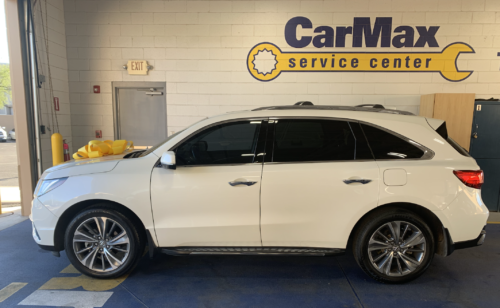by Semify
In today’s fast-paced business environment, cost efficiency is a priority for commercial entities aiming to boost profitability. One often overlooked expense is the cost associated with printing. With escalating costs in ink, paper, and maintenance, businesses can find themselves spending substantial sums on printing. Understanding where these costs come from and implementing strategic actions can lead to significant savings. This article explores practical ways to cut printing costs without compromising productivity or quality, helping your business save money while fostering a more sustainable approach to resource management.
Print in Black and White
Printing in color can quickly become a substantial financial burden for businesses. While color can enhance the aesthetic appeal of documents, it’s crucial to weigh the necessity against the cost. In many cases, black and white printing can effectively convey information without the additional expense. By defaulting printers to black and white, businesses can significantly decrease their expenditures on color cartridges, which invariably cost more than black ink.
The global commercial printing market was worth $494.53 billion in 2023, showing the massive scale and demand for printing services. Within this expansive market, monochrome printing has been a consistent choice for cost-conscious businesses. Beyond cost savings, black and white printing also tends to be more reliable, as color printers are more prone to technical issues and require more frequent maintenance.
Opting for black and white can also enhance the readability and professionalism of many documents. For official documentation, contracts, and formal letters, color is often unnecessary. When businesses choose to print exclusively in black and white, they not only save money but also streamline their processes. Implementing this simple change can lead to a more efficient workflow, aligning with broader corporate goals of reducing unnecessary expenditure.
Print Less Often
The frequency of printing directly correlates with total printing costs. One effective method to reduce these costs is to print less often. Encouraging a digital-first mindset among employees can significantly limit the number of print jobs, saving resources and reducing the need for frequent replenishment of supplies.
A study estimates that as much as 50% of Help Desk calls are printer-related, showcasing the strain frequent printing can place on IT resources. Reducing the demand for physical printouts will inevitably lead to fewer technical issues. This not only cuts costs but also frees up IT personnel to focus on more strategic tasks, ultimately improving overall business efficiency.
Adopting electronic document management systems can further facilitate a reduction in print frequency. These systems allow for secure storage, easy retrieval, and seamless sharing of documents without the need for physical copies. By leveraging digital solutions, businesses can significantly cut down on printing and direct the saved money toward other critical areas of operations.
Protect Your Documents
Ensuring document security and preventing unauthorized access can help businesses avoid reprinting and additional costs associated with document breaches. By implementing strong access controls and encryption, businesses can safeguard sensitive information. This protects against potential water damage, and loss or tampering of documents, reducing unexpected expenses related to reprinting or resolving data breaches.
According to Comfy Living, small leaks and drips can waste up to 10,000 gallons of water per year. while their statistic on water may seem unrelated, it underscores the importance of addressing leaks—whether in plumbing or documentation. Just like small leaks waste resources, unsecured documents can lead to significant financial loss if not managed properly. Ensuring document security is akin to fixing those leaks — a preventative measure that saves money in the long run.
With document management systems, businesses can also track who accesses documents and when. This audit trail aids in accountability and mitigates the risk of document mishandling. A robust document protection strategy not only prevents financial loss through reprinting but also reinforces trust and integrity in handling customer and internal information. This proactive approach is essential in cutting costs and safeguarding company resources.
In conclusion, reducing printing costs in a commercial business setting requires a multifaceted approach that involves strategic decision-making and the implementation of efficient practices. By prioritizing black and white printing, reducing print frequency, and protecting documents, businesses can achieve significant cost savings. These strategies not only save money but also contribute to more sustainable business practices. When businesses take control of their printing habits, they pave the way for enhanced efficiency and financial health, allowing them to redirect resources towards growth and innovation.



